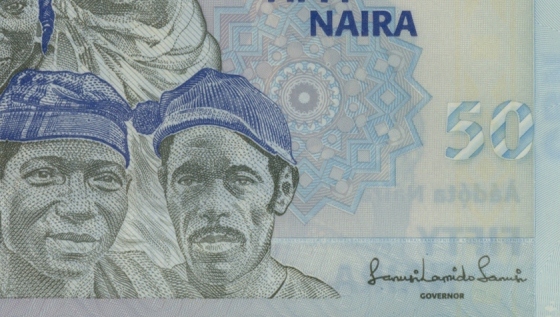 The Reserve Bank of Australia has published a paper on the Next Generation Banknote Project (PDF). This project aims to enhance the security of future banknotes from the land down under. The "NGB"-series will maintain the current color schemes and the people portrayed on the notes. The new series will still be printed on polymer but the design will be enhanced: more complex, intaglio and offset printing and multiple see-through windows.
The Reserve Bank of Australia has published a paper on the Next Generation Banknote Project (PDF). This project aims to enhance the security of future banknotes from the land down under. The "NGB"-series will maintain the current color schemes and the people portrayed on the notes. The new series will still be printed on polymer but the design will be enhanced: more complex, intaglio and offset printing and multiple see-through windows.
No date has been set but the new series will be issued in the coming years.
Three new banknotes for my collection this week, including one new country! A colleague was so generous to give a 20 francs from 1997 (P151i) to me with one of my favourite composers on it: Claude Debussy. Another new note is the 500,000 lira (P212) from Turkey. This is of course a note before decimalization (unfortunately).
The real treasure this week is the 204th country I've added to my collection: a 1 gulden note (P35a) from Curacao. I had been looking for a Curacao note for some time and I finally found one on eBay which was sold for a reasonable price.

 Talks between St. Maarten and Curacao about a common currency have been going on for years now. The lack of decision has now led to a shortage of coins on both islands. The Central Bank of Curacao and St. Maarten (CBCS) has indicated that the problems will be solved at the end of May or the beginning of June.
Talks between St. Maarten and Curacao about a common currency have been going on for years now. The lack of decision has now led to a shortage of coins on both islands. The Central Bank of Curacao and St. Maarten (CBCS) has indicated that the problems will be solved at the end of May or the beginning of June.
Curacao and St. Maarten were part of the Netherlands Antilles until 10 October 2010. They continued as autonomous countries within the Kingdom of the Netherlands (for an explanation of the difficult organisation of the Kingdom of the Netherlands I advice you to watch this cool video). Part of the decision back then was also to introduce a common currency: the Caribbean Guilder. Nothing has happened since because of disagreements between the two countries. St. Maarten in the meantime is thinking about adopting the US dollar as its currency. In the meantime the Netherlands Antillean guilder will still be used:
 RT.com reports: "The Crimean parliament has announced the Russian ruble will become the second official currency of Crimea and will be circulating alongside the Ukranian hryvnia until it is withdrawn in 2016. The decision marks the first step in the peninsula’s economic integration with Russia, after Crimea’s citizens overwhelmingly voted for joining Russia in Sunday's referendum."
RT.com reports: "The Crimean parliament has announced the Russian ruble will become the second official currency of Crimea and will be circulating alongside the Ukranian hryvnia until it is withdrawn in 2016. The decision marks the first step in the peninsula’s economic integration with Russia, after Crimea’s citizens overwhelmingly voted for joining Russia in Sunday's referendum."
There is of course still a lot of debate whether the referendum was illegal or not but Crimea (and Russia for that matter) doesn't seem to have any doubts and moves forwards towards a fait accomplie.
What most people don't know is that Crimea once had its own currency and banknotes. A nice example can be seen below on this 25 ruble banknote from 1918 (S371) with a map of Crimea on the back.
 Last year at the launch of the 10 dinar, the the vice-gouverneur of the Central Bank of Tunisia, mr. Mohamed Rekik, made a comment that the Central Bank would issue a new banknote of 5 dinar in the first quarter of 2014. Today, 17 March 2014, they have indeed issued the new banknote.
Last year at the launch of the 10 dinar, the the vice-gouverneur of the Central Bank of Tunisia, mr. Mohamed Rekik, made a comment that the Central Bank would issue a new banknote of 5 dinar in the first quarter of 2014. Today, 17 March 2014, they have indeed issued the new banknote.
The image below can be found on several newssites. I haven't been able to find a clean one without the numbers on it unfortunately. The dimensions of the new note are 143 mm x 73 mm and the dominant colour is green. The portrait on the front is of the legendary Hannibal. The issue date on the note is "03/20/2013".
Update 4-4-2014: better pictures.
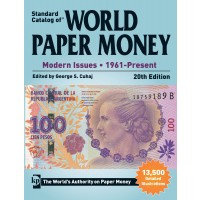 The letters SCWPM are familiar to any collector of banknotes as they stand for Standard Catalog of World Paper Money, issued by Krause Publications. Often criticized for its mistakes, omissions and flaws it is still the standard against which other (and better) catalogues are judged.
The letters SCWPM are familiar to any collector of banknotes as they stand for Standard Catalog of World Paper Money, issued by Krause Publications. Often criticized for its mistakes, omissions and flaws it is still the standard against which other (and better) catalogues are judged.
The latest issue of this catalog is the 2015 20th edition. Prices are all over the place but I managed to get hold of the digital version for a very good price. I like my catalogues on my iPad instead of having to carry a ton of paper around at fairs. Shopnumismaster has the digital (and paper) edition for $44,99 which is just over €30 for Europeans like me.
For that price and despite its obvious flaws, it's a bargain in my opinion.
 What was already expected, has now been confirmed: the Bank of England has signed a contract with polymer producer Innovia to produce the sheets of plastic needed for the new polymer banknotes.
What was already expected, has now been confirmed: the Bank of England has signed a contract with polymer producer Innovia to produce the sheets of plastic needed for the new polymer banknotes.
Innovia, whose polymers are used for bank notes by more than 20 countries, will establish a plant in Wigton in northwest England to produce the materials. The Bank said notes will continue to be printed at its works in Debden in southeast England, which is run by De La Rue. Innovia Security is an Australian division of UK-based Innovia Group.
The new notes will be smaller (by around 15%). The first polymer note to be printed and issued will be the £5 note with the image of Sir Winston Churchill. This note will enter circulation in 2016, shortly followed by the £10 note with the image of Jane Austen.
As we all know banknotes can be true pieces of art. This becomes even more clear when you zoom in on all the details in the design of a note. And I mean, REALLY zoom in. Two famous banknotes have just gotten the gigapixel treatment and are ready for your viewing pleasure.
The new US 100 dollar can be found here as a 0.71 gigapixels photo, but the cherry on the cake is this US 2 dollar bill which is a whopping 8.26 gigapixels big! Thanks to /r/papermoney for finding these nice pics.
 Just recently the Reserve Bank of India (RBI) announced that all pre-2005 banknotes would be withdrawn from 31 March 2015. Now the Bank has announced that it will extended the deadline for exchanging those banknotes to 1 January 2015.
Just recently the Reserve Bank of India (RBI) announced that all pre-2005 banknotes would be withdrawn from 31 March 2015. Now the Bank has announced that it will extended the deadline for exchanging those banknotes to 1 January 2015.
The RBI said the rationale behind its move to withdraw banknotes printed prior to 2005 is to remove them from the market because they have fewer security features compared to banknotes printed after 2005.
 Israel is preparing for the introduction of the first two banknotes of the new series: the 50 and 200 NIS (new Israeli shekel). The new series was presented in April 2013 and the first two notes were scheduled for the end of last year. In August however the Bank of Israel made clear that their would be a delay of several months before the first note would be issued.
Israel is preparing for the introduction of the first two banknotes of the new series: the 50 and 200 NIS (new Israeli shekel). The new series was presented in April 2013 and the first two notes were scheduled for the end of last year. In August however the Bank of Israel made clear that their would be a delay of several months before the first note would be issued.
This week the Bank of Israel issued a press release with the final design of the new 50 NIS note. This was done to aid manufacturers, suppliers, and operators of vending, counting and sorting machines, in order to calibrate them to accept the new banknote. There are some small changes from the original concept like added security elements and some added imagery. More details can be found in the press release.
Banknotenews.com reports that Guatemala has just issued a new version of their 20 quetzal note. This note is still printed by the Canadian Bank Note Company but this will soon change. The Russian printer Goznak has relased an interview with Arkady Trachuk, General Director of Goznak. In this interview he indicates that Guatemala has signed a deal with Goznak to print the future 20 quetzal note.
In the same interview he indicates that a number of other countries are also clients of Goznak, like Lebanon, Yemen, Angola, Nigeria, Indonesia, Laos, Cambodia, and Vietnam to a smaller extent. One interesting thing he mentions is that Vietnam has shifted to plastic banknotes but is now in the process of coming back to the paper substrate (by Goznak).
 We got him! This week I received the beautiful Russian 100 ruble note issued in commemoration of the Olympic Winter Games in Sotchi. The note looks great once you have it in your hand and I was surprised how nice the transparant window turned out.
We got him! This week I received the beautiful Russian 100 ruble note issued in commemoration of the Olympic Winter Games in Sotchi. The note looks great once you have it in your hand and I was surprised how nice the transparant window turned out.
You can still vote for this note as IBNS Banknote of the Year if you're a member of the IBNS by the way.
Another new note I received yesterday was the new 2 dollar note from the island of Barbados. The new series was issued in June 2013 and you can read the article I wrote about the beautiful new series here.
Barbados is the 203rd country I've added to my collection.
Two Dutch banknotes this week, one new and one better version than I already had. To start with the latter: I got the UNC version of the 5 gulden note from 1973 (P95a). I already had a VF note I saved from when these notes were replaced with a coin in 1988 but the UNC is of course much nicer.
The second new note is a 10 gulden note from the 1933 series (P49) with a picture of an old grey man ("Grijsaard" in Dutch) originally painted by Rembrandt van Rijn. This was the first note where the text stating that the Central Bank promises to pay the bearer on demand was left out.
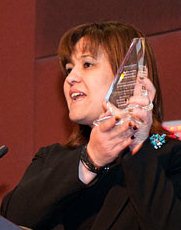 The Pan European High Security Printing™ Conference is an annual event that focuses on government-specified and issued documents. These include currency, fiduciary documents, excise stamps, ID cards, e-passports, visas, vehicle documents and licences, with a particular emphasis on banknotes and the emerging technologies for ID and travel documents.
The Pan European High Security Printing™ Conference is an annual event that focuses on government-specified and issued documents. These include currency, fiduciary documents, excise stamps, ID cards, e-passports, visas, vehicle documents and licences, with a particular emphasis on banknotes and the emerging technologies for ID and travel documents.
This year the conference was held in Milan, Italy and several awards were handed out. The Regional Banknote of the Year Award 2014 went to the Central Bank of Russia for its new 100 Rubles banknote commemorating the 2014 Winter Olympic Games in Sochi.
"The regional Banknote of the Year Award recognises outstanding achievement in the design, technical sophistication and security of a banknote or banknote series, the key judging criteria being that successful banknotes should combine visual artistry and high levels of technical and security sophistication, with considerable emphasis placed on reflecting the cultural heritage of the issuing country in the note, and the relevance of the overall design and symbolism to the issuing country.
The Russian Sochi banknote is the first ever issued to mark the Winter Olympic Games – and its eye-catching design is the result of collaborative work between Goznak and the Central Bank’s team. It is the first time that the Bank has used a vertically-orientated design, chosen to emphasise the uniqueness of the Sochi region, which combines the proximity of mountains and warm sea. A total of 20 million pieces have been put into circulation.
The design of the new note reflects both the character of the host city and the nature of the event with a flying snowboarder on the front and the Olympic Stadium on the back set against a patchwork motif background featuring various winter sports. The note also incorporates several security features previously unseen on Russian banknotes, including a holographic patch and a 15mm wide polymer thread which changes image depending on the viewing angle. The award was received by Alexey Salunin of Goznak."
Meanwhile you can also vote for the IBNS Banknote of the Year if you're a member of the IBNS. I nominated the 100 ruble note for this competition but feel free to vote for your personal favorite.
 The BBC reports that the governor of the Central Bank of Nigeria has been ousted. Lamido Sanusi has been suspended by the president for "financial recklessness and misconduct". Mr Sanusi was widely respected after undertaking reforms to the banking sector since his appointment in 2009. He was named central bank governor of the year for 2010 by Banker magazine.
The BBC reports that the governor of the Central Bank of Nigeria has been ousted. Lamido Sanusi has been suspended by the president for "financial recklessness and misconduct". Mr Sanusi was widely respected after undertaking reforms to the banking sector since his appointment in 2009. He was named central bank governor of the year for 2010 by Banker magazine.
This probably means that future banknotes from Nigeria will have a new signature. Sanusi's signature can be seen on this 50 naira note from 2011:
« Vorige Pagina |
Toon berichten 811-825 van 1227 |
Volgende Pagina »
 The Reserve Bank of Australia has published a paper on the Next Generation Banknote Project (PDF). This project aims to enhance the security of future banknotes from the land down under. The "NGB"-series will maintain the current color schemes and the people portrayed on the notes. The new series will still be printed on polymer but the design will be enhanced: more complex, intaglio and offset printing and multiple see-through windows.
The Reserve Bank of Australia has published a paper on the Next Generation Banknote Project (PDF). This project aims to enhance the security of future banknotes from the land down under. The "NGB"-series will maintain the current color schemes and the people portrayed on the notes. The new series will still be printed on polymer but the design will be enhanced: more complex, intaglio and offset printing and multiple see-through windows.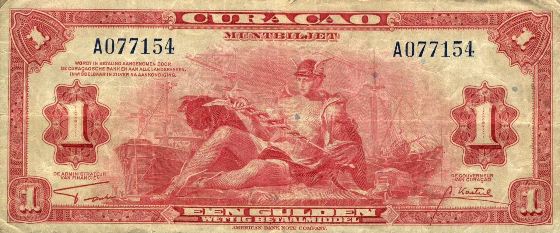

 Talks between St. Maarten and Curacao about a common currency have been going on for years now. The lack of decision has now led to a shortage of coins on both islands. The
Talks between St. Maarten and Curacao about a common currency have been going on for years now. The lack of decision has now led to a shortage of coins on both islands. The 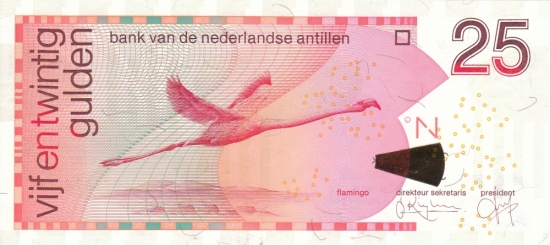
 RT.com
RT.com 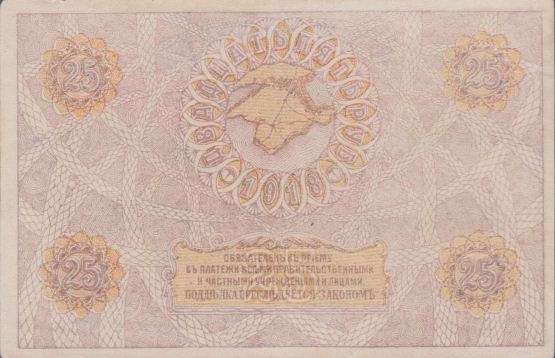
 Last year at the launch of the
Last year at the launch of the 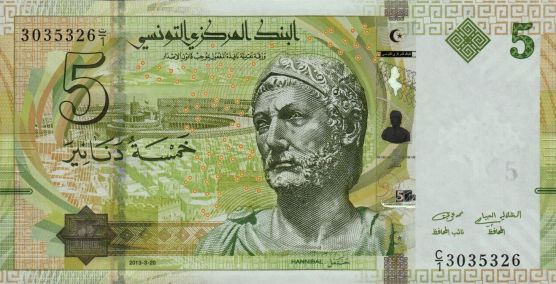
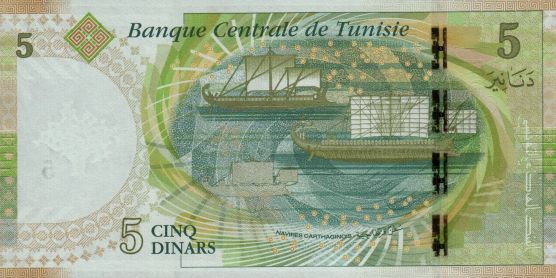
 The letters SCWPM are familiar to any collector of banknotes as they stand for Standard Catalog of World Paper Money, issued by Krause Publications. Often criticized for its mistakes, omissions and flaws it is still the standard against which other (and
The letters SCWPM are familiar to any collector of banknotes as they stand for Standard Catalog of World Paper Money, issued by Krause Publications. Often criticized for its mistakes, omissions and flaws it is still the standard against which other (and  What was already
What was already 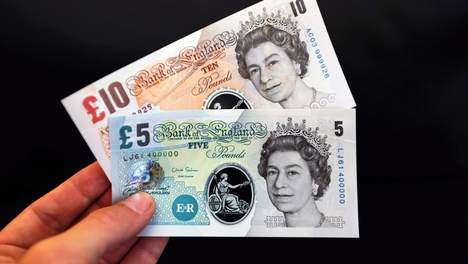
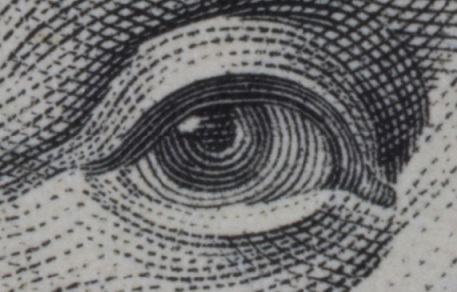
 Just recently the
Just recently the  Israel is preparing for the introduction of the first two banknotes of the new series: the 50 and 200 NIS (new Israeli shekel). The new series was
Israel is preparing for the introduction of the first two banknotes of the new series: the 50 and 200 NIS (new Israeli shekel). The new series was 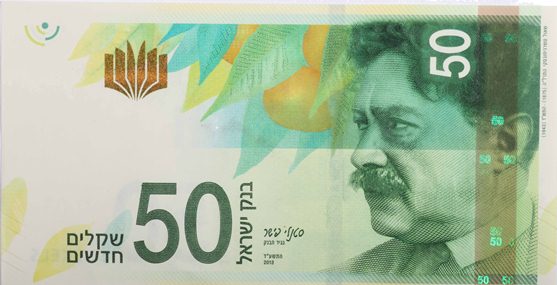
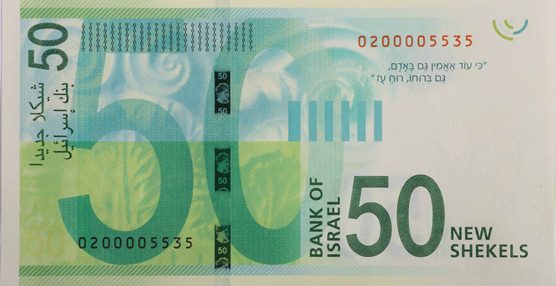
 W
W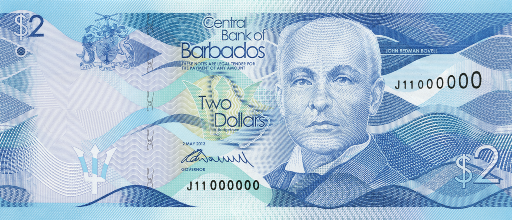
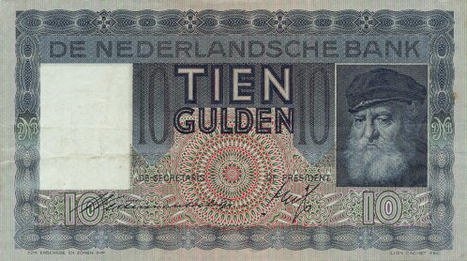
 The
The 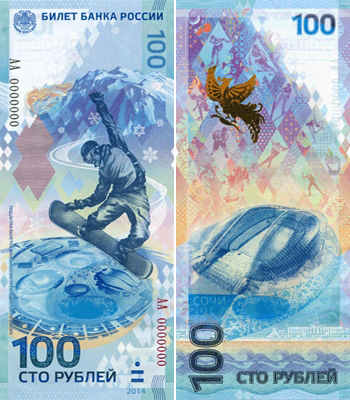
 The BBC
The BBC 